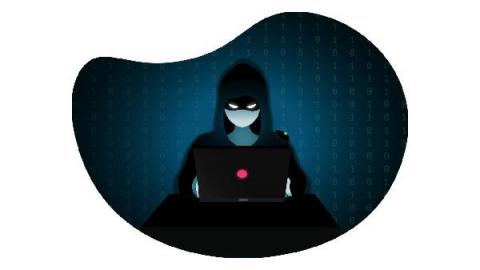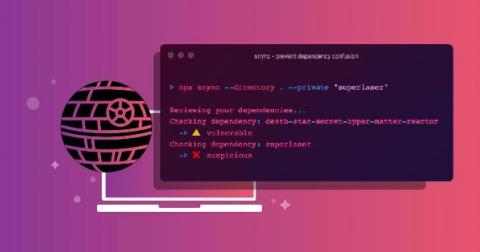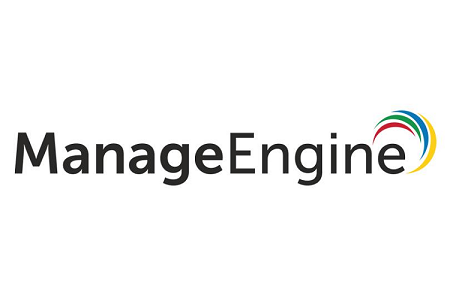Anatomy of a Cloud Infrastructure Attack via a Pull Request
In April 2021, I discovered an attack vector that could allow a malicious Pull Request to a Github repository to gain access to our production environment. Open source companies like us, or anyone else who accepts external contributions, are especially vulnerable to this. For the eager, the attack works by pivoting from a Kubernetes worker pod to the node itself, and from there exfiltrating credentials from the CI/CD system.











